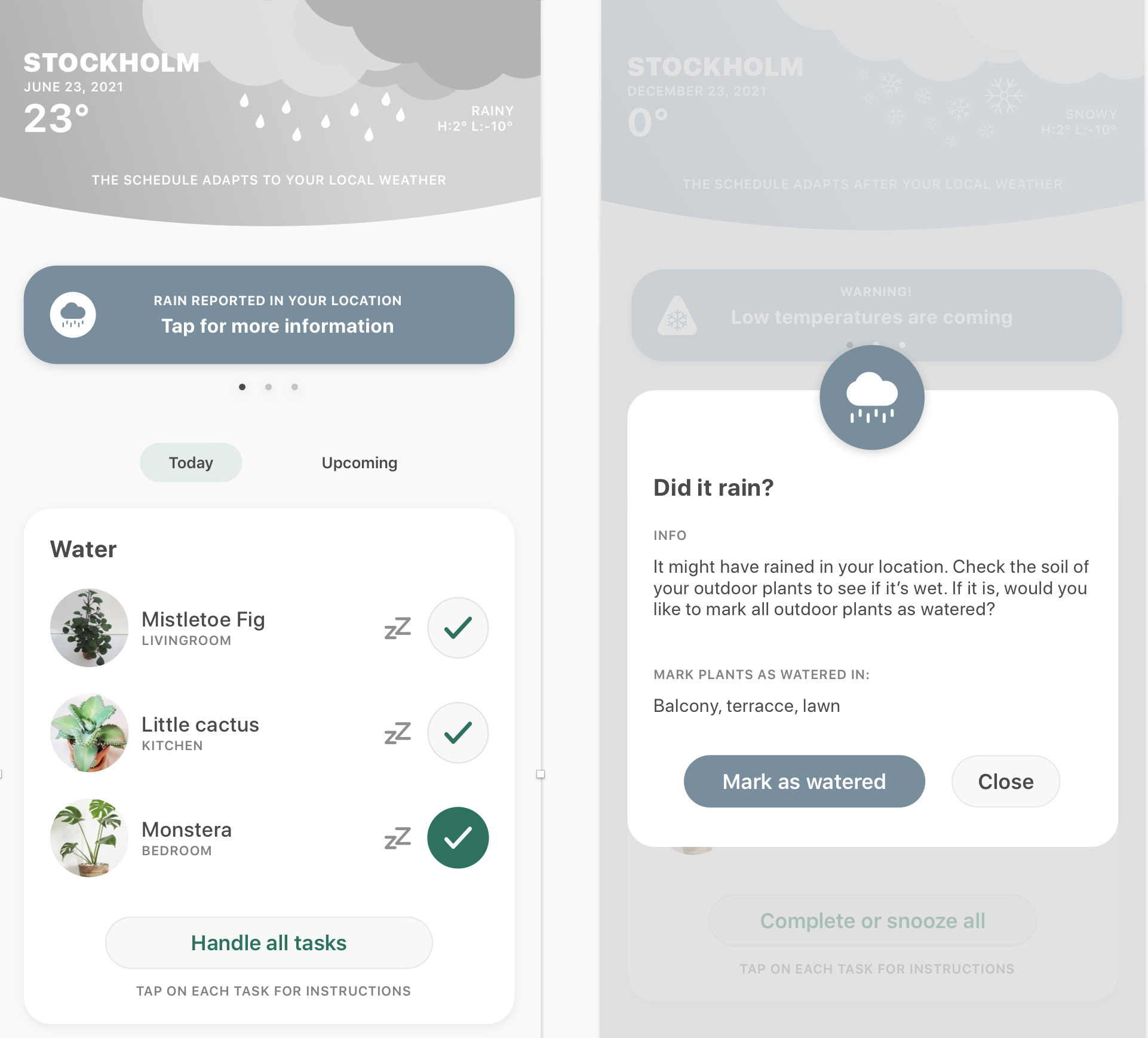About Plantas algorithms
How smart is Planta, really? Is it just a glorified calendar for your plants?
Well, perhaps - however the watering schedule is based on a set of designated algorithms that together create a schedule of tasks to best help your plants to thrive. The parameters that we use to determine each of your plant’s needs include:
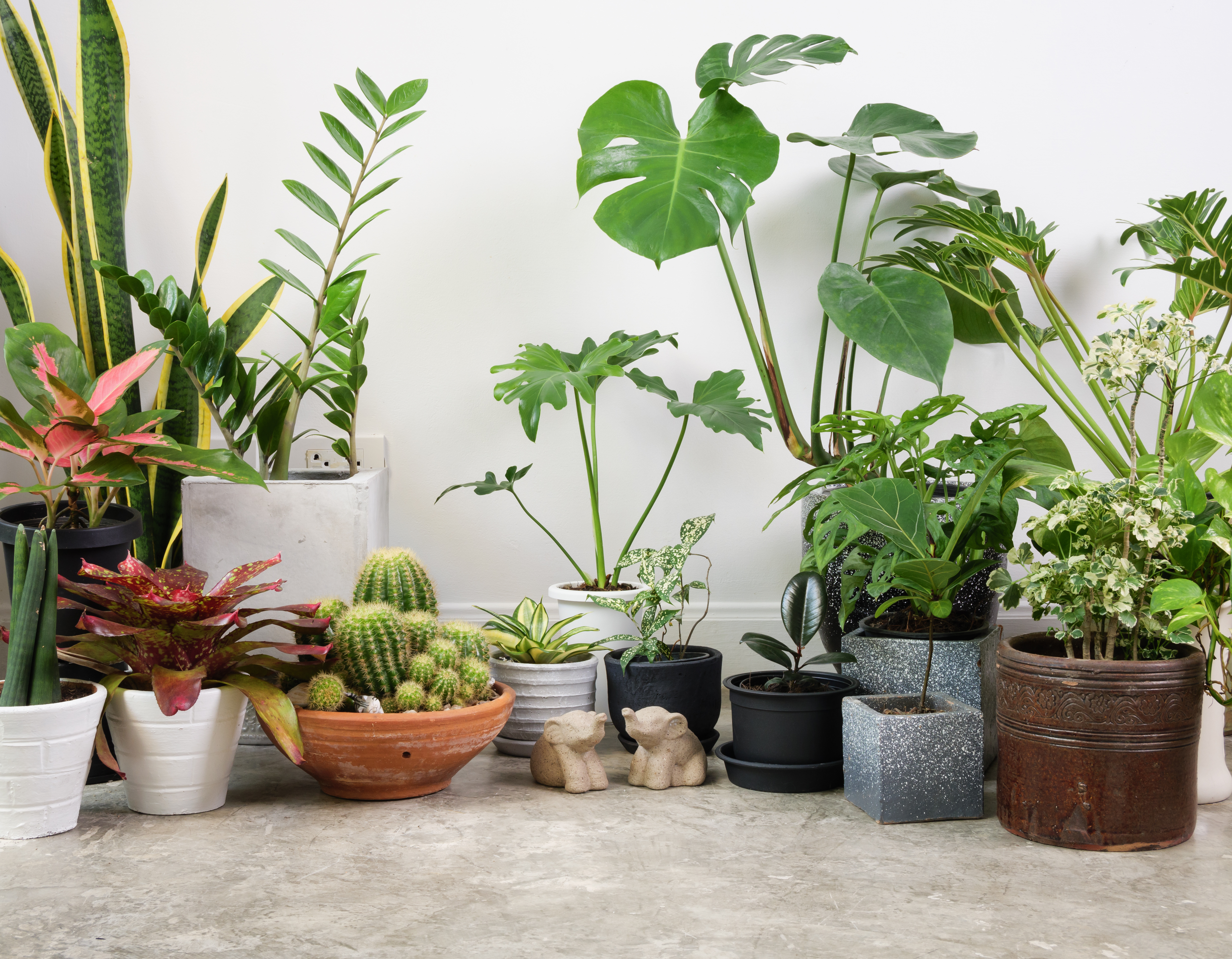
Plant type
This factor serves as the base of the schedule and is the first point we look at when creating the schedule.
For example: Desert plants can cope with far less water compared to tropical plants. The plant type is therefore, of course, extremely important to take into consideration.
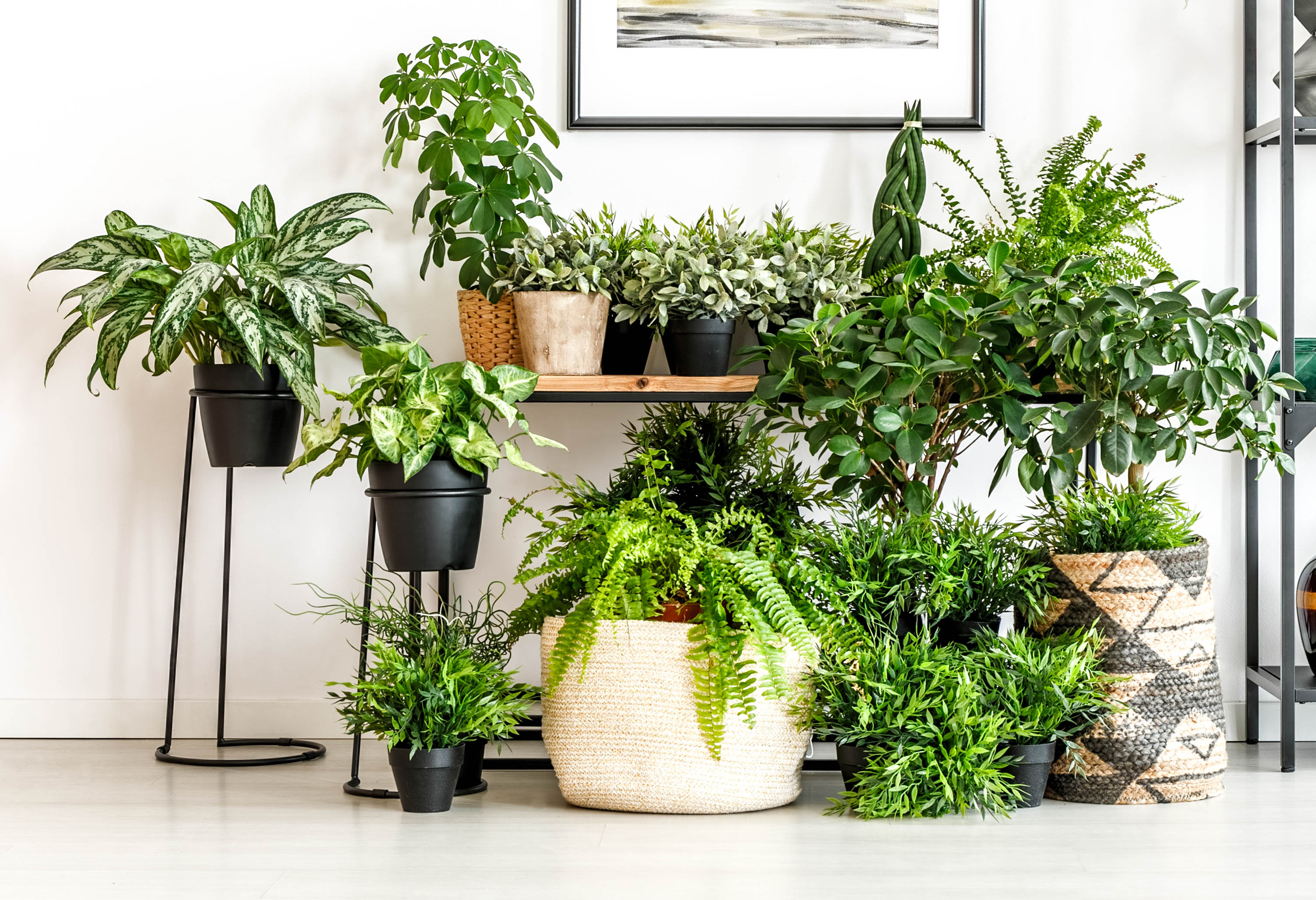
The Pot
The material of the pot you use has an impact on how often you should water.
For example: A material like terracotta (that is porous) allows for the soil to ‘breathe’, i.e. water can evaporate from the soil. But if you are using a pot made from plastic or glass (non-porous), this will trap the moisture and therefore require less frequent watering.
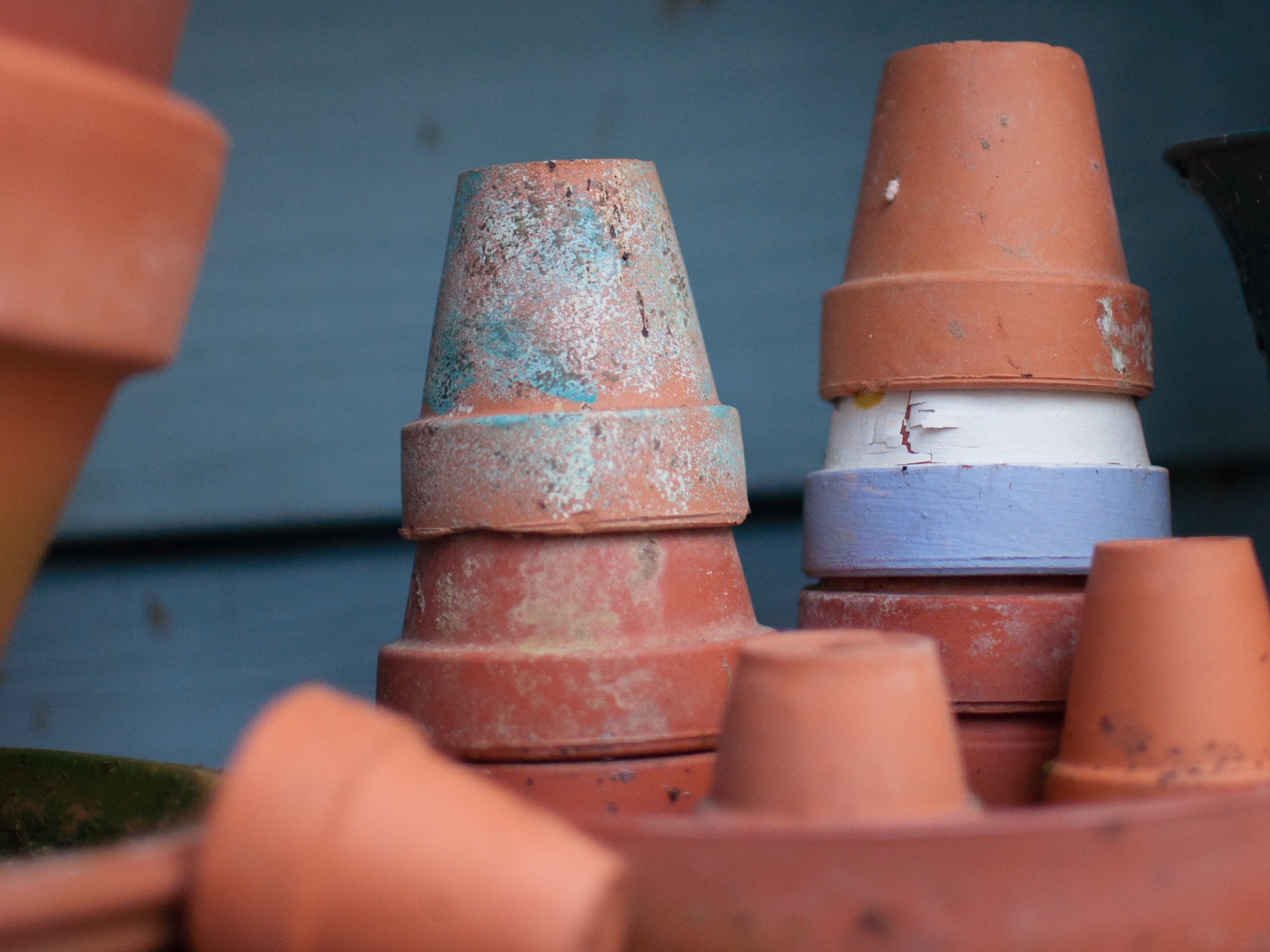
Light conditions at the site
Each plant has a preferred light setting in which it thrives, and depending on how much of this preferred light it gets we might need to adjust the schedule accordingly.
For example: If you place a sun-loving cactus in a dark room, it will require less water than it would if you placed it in full sun. This is also true for the opposite - a plant that requires a shaded site that's been placed in full sun will need more water than normal. (Also note that plants can get damaged and sick from being placed in incorrect light conditions)
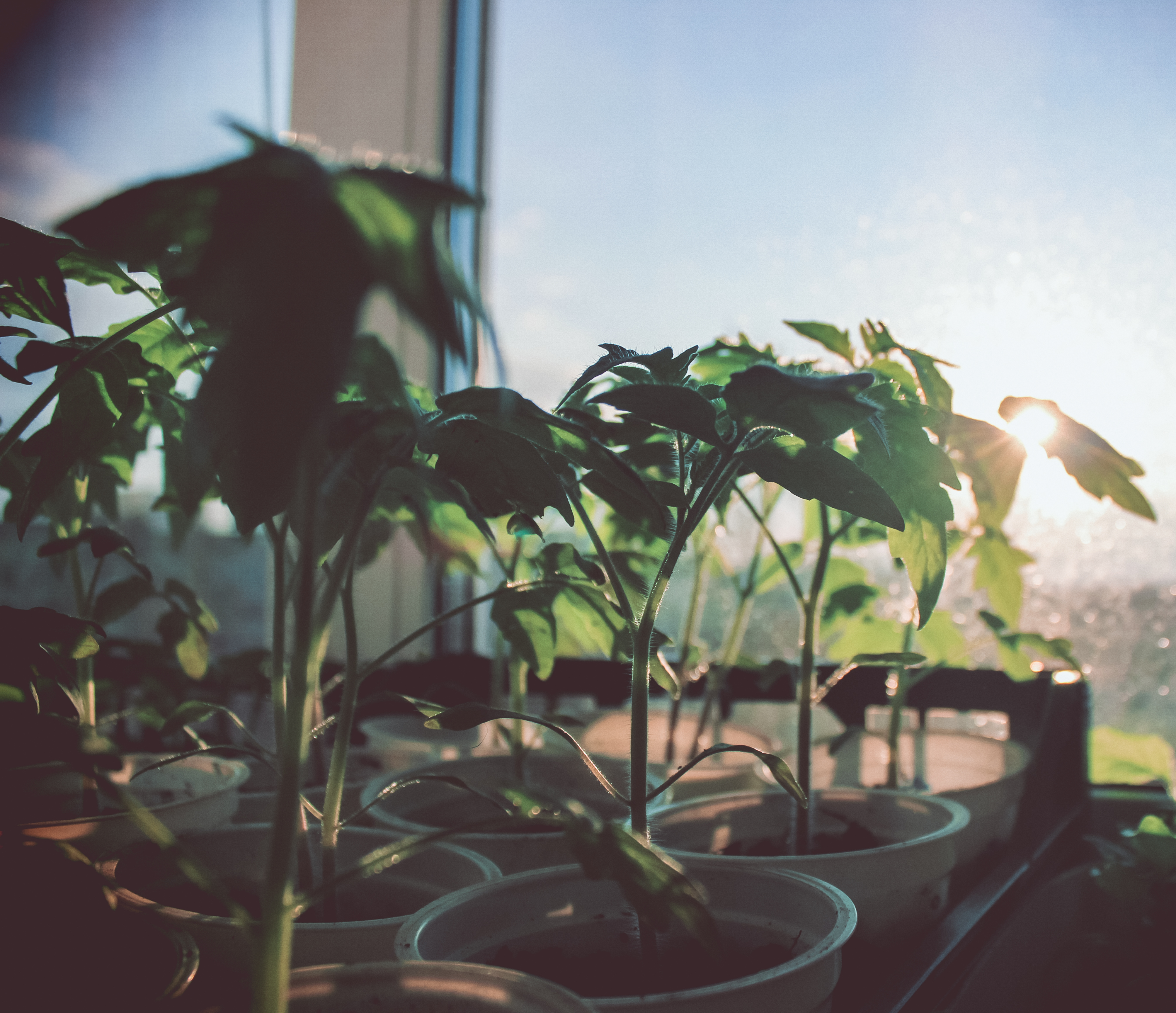
Humidity
When the humidity is low, the plant evaporates water through the leaves at a higher speed than it would at a normal humidity level. This leads to your plant requiring more water in dry environments.
For example: A plant that thrives in a humid environment (like a fern), but is placed in a very dry room will require more frequent watering than it would in a humid environment.
Indoor temperature
A "normal" indoor temperature is around 65-80 °F (18-24 °C), which is perfect for most plants, especially those from tropical areas. However some plants might need a lower temperature during parts of the year, and sometimes you might just have a room that's warmer or colder than this average. So depending on the temperature your plants are currently living in, the watering needs to adapt after this.
For example: The warmer the temperature is around a plant, the more water it needs. But if you place, let's say a Geranium, in colder temperatures during the winter months, you need to slow down on the water frequency. So depending on the site's temperature, we adapt the schedule for the plants situated in the room.
Current season
The required frequency of watering changes over the course of a year based upon whether it is the warm season or cold season. As such, the watering schedule adjusts to compensate for this.
For example: During the winter when you have fewer daylight hours and a lower temperature, your plant either goes into a dormant state or survival state depending on where they naturally grow - meaning they will need less water and fertilizing. A tip is to add extra grow light during the darkest months.
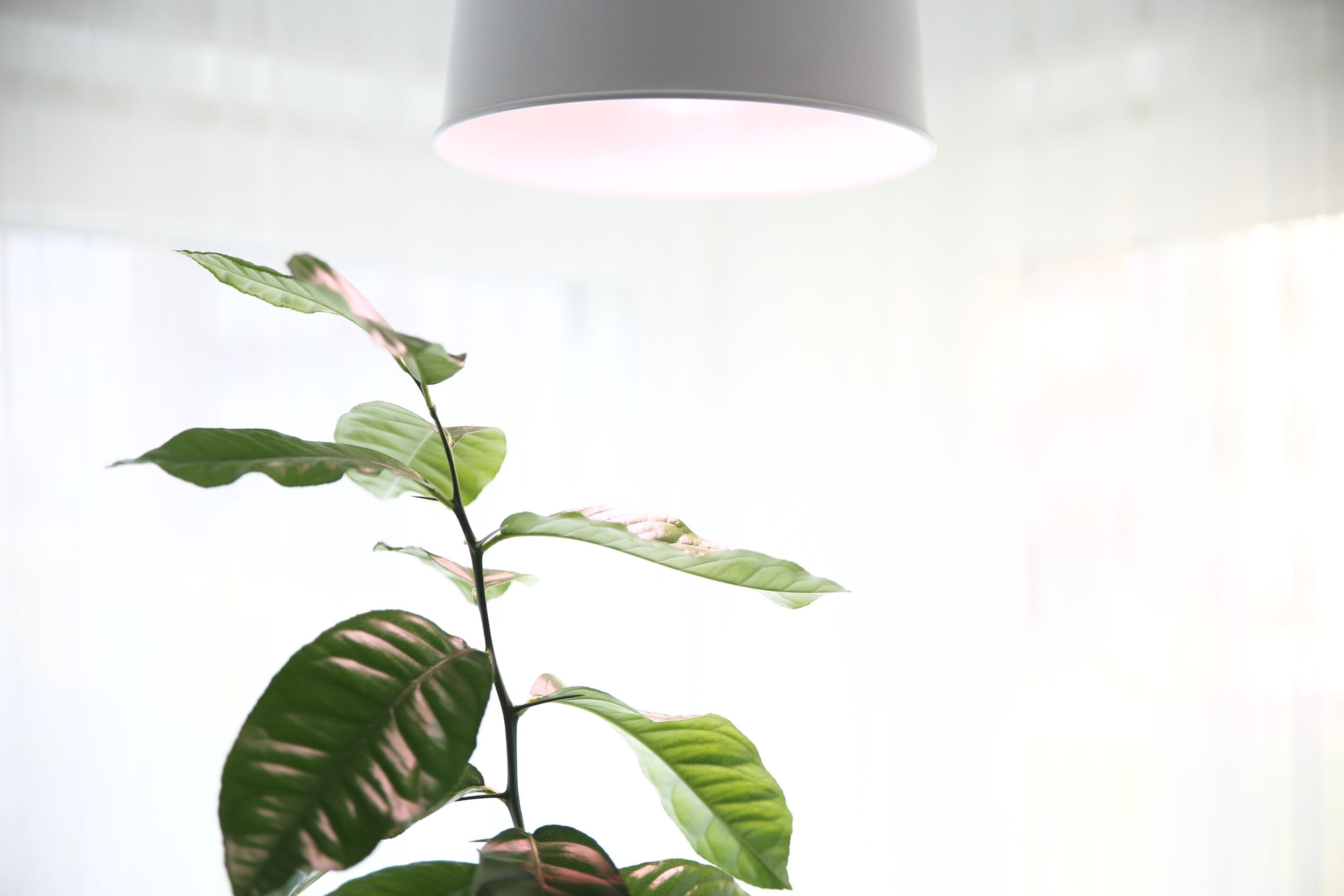
Live weather
Planta's algorithms are fetching live weather data continuously during the day to be able to catch any weather events that might affect how you care for your plants. It also looks into the future and notifies you if there's any type of weather you might need to protect your plants from, like high temperatures, rain, frost, low light and wind.
For example: A heatwave hits your town and your plants will, just like you during warm weather, require extra water! This is adjusted for on all outdoor sites, as well as sunny indoor rooms.
